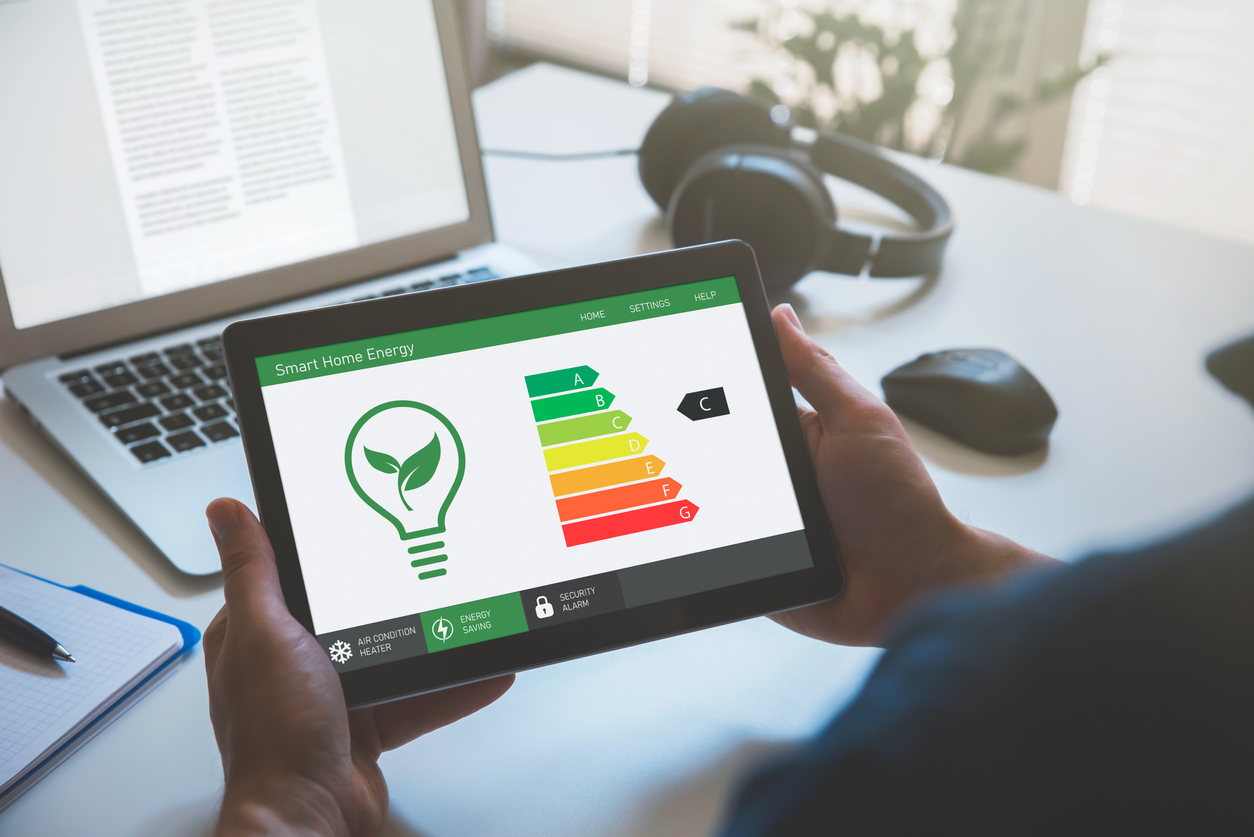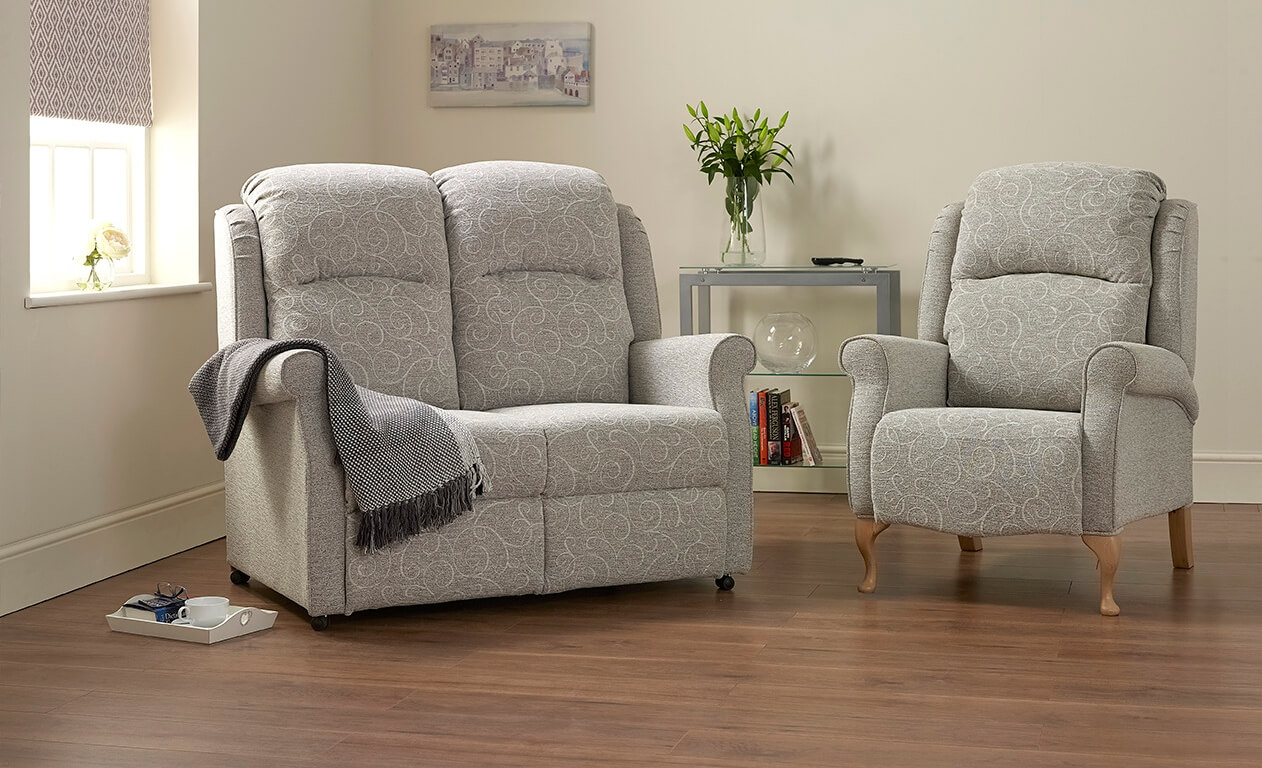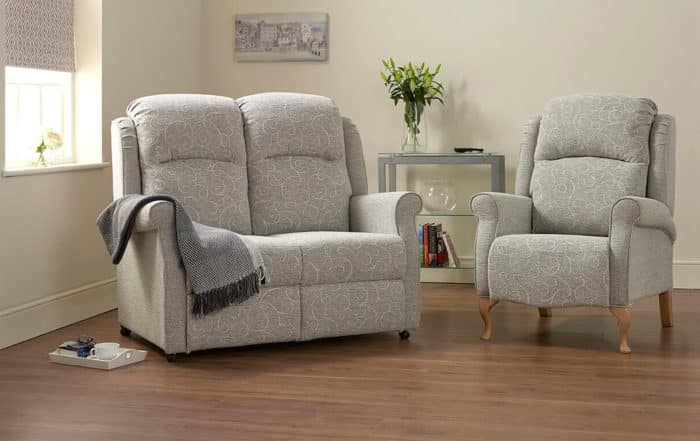Energy Saving Tips for Winter 2024
Social Links
Winter is upon us – and as the air becomes crisp and nights draw in, there’s nothing better than wrapping up to go out and explore, or spending quality time with our loved ones inside. However, cold weather inevitably means heating bills, and with the cost of living rising all the time, our bills are likely to be higher than ever this winter.
So what can we do to offset this rise in energy prices? Staying warm is essential for our health and wellbeing – not to mention to keep the water pipes from freezing – so turning the heating off isn’t a viable option. Fortunately, there are plenty of measures we can take to keep the bills down, and while most of them are small actions, added together they can make a big difference to that final figure.
- What Appliances Use the Most Electricity?
- Why is my Electricity Usage so High?
- Energy Saving Tips
- Self-Heating Furniture
What Appliances Use the Most Electricity?
Depending on its size, the average household in the UK pays around £160 per month for gas and electricity, which is about 10% of the average household budget. Of this energy usage, around half is spent on heating and hot water. Most homes in the UK use gas boilers for their central heating system, while homes without gas use electricity. Whichever system you have, cutting down your usage and improving its efficiency can decrease your energy bills significantly.
In terms of appliances, your big kitchen appliances are the biggest culprits. A tumble dryer uses the most electricity in the house, costing 85p per hour, followed by the washing machine (71p) and dishwasher. The appliance that gets the most use is the kettle, though the stovetop and oven use more energy. An energy efficient fridge-freezer, despite running constantly, uses a fairly low 10p per hour. The toaster and microwave come in at the bottom at around 6p per use.
Why is my Electricity Usage so High?
We do of course want to feel comfortable in our homes – and when it comes to keeping warm, it’s important for health too.
Cold weather increases the risk and severity of colds, flus and other respiratory problems (especially in older people), interferes with sleep and is bad news for circulation. Furthermore, feeling chilly exacerbates existing aches and pains, especially for people with arthritis.
Experts recommend that the ideal indoor temperature range is between 18–24oC, so some households can probably notch their thermostat down a degree or two, which will make a big difference to the bill.
You may also have heard that it’s more efficient to keep your house at a constant temperature, but that really only works if your home is sufficiently insulated. If you aren’t in a position to have this done professionally, make do by blocking drafts coming in under doors or around windows. You could also try thermal curtains and reflector sheets behind radiators that attach to exterior walls. Keep radiators clean and free of dust, and turn the heating down overnight and whenever you go out.
If you have a combi boiler (one that’s separate from your hot water boiler) you could try reducing the flow temperature. That means that although the radiators will still heat your home according to your thermostat setting, the water flowing through your radiators will be slightly cooler, and therefore less expensive. Octopus Energy suggests that if your house is well insulated, you could set it as low as 50oC, rather than the default which is around 80oC.
Don’t forget to have your boiler serviced each year (as well as making it more efficient, this can also save you from unexpected repair bills), and try insulating your boiler with a fitted jacket. If you don’t have a combi boiler you can still adjust the heat settings, but have it done by a professional to ensure you’re complying with regulation safety standards.
Energy Saving Tips
Rather than heating your whole home, it can be more efficient to only heat the space you use. For a start, close off any rooms you use less during winter and turn the radiators down to about 2 or 3. Alternatively, turn the thermostat down over the whole home and use other methods to stay toasty, for example:
Use an alternative heat source – such as a small heater, which you can move from room to room. Though it’s tempting to place it right next to your feet, move it back so the heat fills the whole room and isn’t just absorbed by the furniture. If you have one, you could light a fire. (This would be a good time to hang washing up to dry, rather than use the tumble dryer.)
Wear more layers – just as you would to go outside, you can keep warm inside by adding some extra clothes. Also, move about as much as you can. A brisk walk around the house, up and down the stairs or even some vigorous housework should do the trick.
Create a hot spot – curl up on your favourite armchair with some blankets, a wheat bag and a hot drink or soup. Remember that several thin layers are more effective than one thick layer, so opt for a few blankets or even an electric throw rug, which uses around 5p per hour.
Keep your feet and head warm – as well as being unpleasant, having cold feet can prevent the rest of your body from staying warm, so wear shoes and socks even when you’re at home, or at the very least sturdy slippers with rubber soles. Put rugs or mats down on cold surfaces such as kitchen lino or bathroom tiles. Remember that heat escapes from your head too, so wearing a beanie or scarf around the house, while it may feel silly, is a very sensible idea!
Self-Heating Furniture
One super-efficient way to save on heating bills is to invest in a heated recliner chair. Not only will you be more comfortable in a chair that is tailored to your precise measurements, you can keep all that heat in with a couple of blankets and only spend around 20p per day. The heat will also be right on your back, easing any aches, pains, or tension. If you suffer from arthritis and particularly dread the cold winter months, this could be life changing.
To make your electric recliner chair even more cosy, choose a warm, insulating fabric like wool or microfibre and a cocooning memory foam cushion. Snuggling up with another person or a pet on a customised sofa is another good way to generate some extra warmth, and the footrest will keep your feet off the cold floor. Some recliners even come with an added massage function, for an extra boost to warmth and circulation – what luxury!
The Bottom Line
While there may be no escaping heating bills, we can at least pay attention to how we’re using that precious energy. Although each action may seem small, when added up they make a significant difference to the total – and we all know that can come in handy at this time of year! If you’re not sure where to start, people from organisations such as Age UK will visit your home to do an energy check and show you how to calculate your electricity usage.
Although insulating your home is a good place to start, sometimes the best strategy is to only heat the areas you’re using. If you want to save money on your heating this winter, talk to the team at the Mobility Furniture Company about a heated recliner chair. After all, there may be plenty of things to do outside during winter – but once we’re inside, there’s nothing like being comfortable and warm…
*This website contains general medical information. The medical information is not advice and should not be treated as such. Read our full Medical Disclaimer here.



